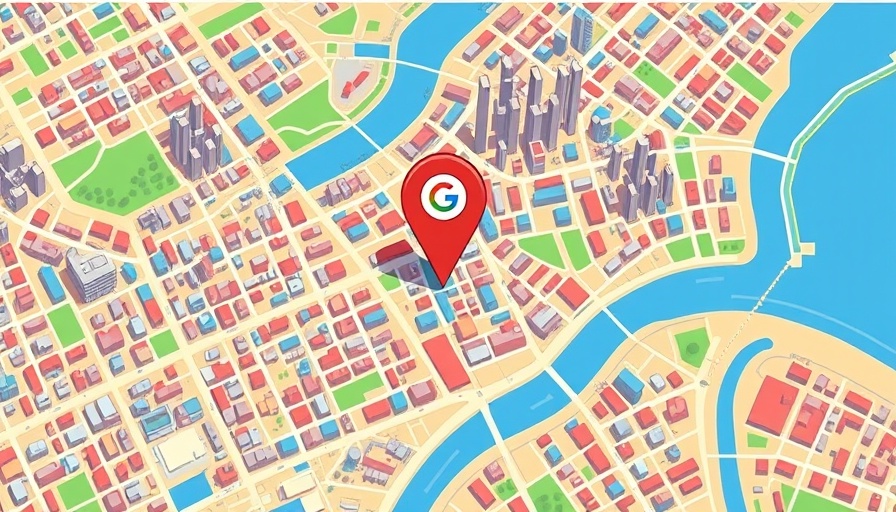
Big Changes: Google Tightens Service Area Business Rules
In a significant update for service area businesses, Google has disallowed the addition of countries or states to the service areas of business profiles, a move that could change how many small businesses approach their geographical branding. The tech giant announced this update recently, emphasizing that service areas should not include geographical regions beyond local boundaries.
Understanding the New Guidelines
The latest update clarifies that businesses must adhere to specific limitations concerning their operational regions. Previously, service areas could extend broadly, even purportedly covering multiple countries. Now, Google has mandated that the boundaries of a service area should be within a two-hour driving distance from the business’s physical location. This restriction aims to ensure that local searches more accurately reflect nearby services rather than a broad representation of companies positioned in distant locations.
Why This Matters for Small Businesses
The change may seem small, but its implications are enormous for small business owners and local marketers alike. Service area businesses can no longer claim service in diverse territories where they might not have a physical presence or the operational capacity to support clientele effectively. This stricter policy demands marketing strategies that emphasize local SEO and community engagement over far-reaching claims.
Potential Impact on Online Marketing Strategies
For small businesses, this change necessitates a reevaluation of online marketing strategies. By narrowing the focus to local areas, businesses can craft targeted marketing campaigns that resonate deeper with their community. It invites businesses to engage with local SEO techniques that can enhance their visibility in nearby searches. Localized content creation and optimized Google My Business accounts will become paramount in establishing relevance and authority.
Examples from the Field: Adjusting to New Norms
Consider a marketing agency that previously touted services across 19 countries. This change could force them to rethink their branding and customer outreach efforts to align closer with Google’s expectations. Instead, they might opt to highlight specific local markets where they can provide meaningful service and support, thus fostering a closer relationship with their client base.
The Bigger Picture: Google’s Role in Local SEO
This update emphasizes Google’s commitment to refining user experiences and search accuracy. By discouraging businesses from claiming extensive service areas, Google aims to provide users with more relevant search results—that is, ensuring that those searching for localized services in their immediate vicinity receive accurate information. This strategic alignment between Google policies and user needs fosters an environment where small businesses can thrive through optimized digital marketing practices.
Conclusion: Take Action Now!
As the landscape of online marketing continues to evolve under Google’s updated guidelines, it is vital for small business owners and marketers to adapt swiftly. This paradigm shift requires businesses to focus on their local presence and cultivate community ties through effective marketing strategies. Start by reviewing and updating your Google Business Profile to fit within these new parameters and consider ramping up your local SEO efforts to ensure your business continues to thrive in the competitive digital landscape.
 Add Row
Add Row  Add
Add 




Write A Comment